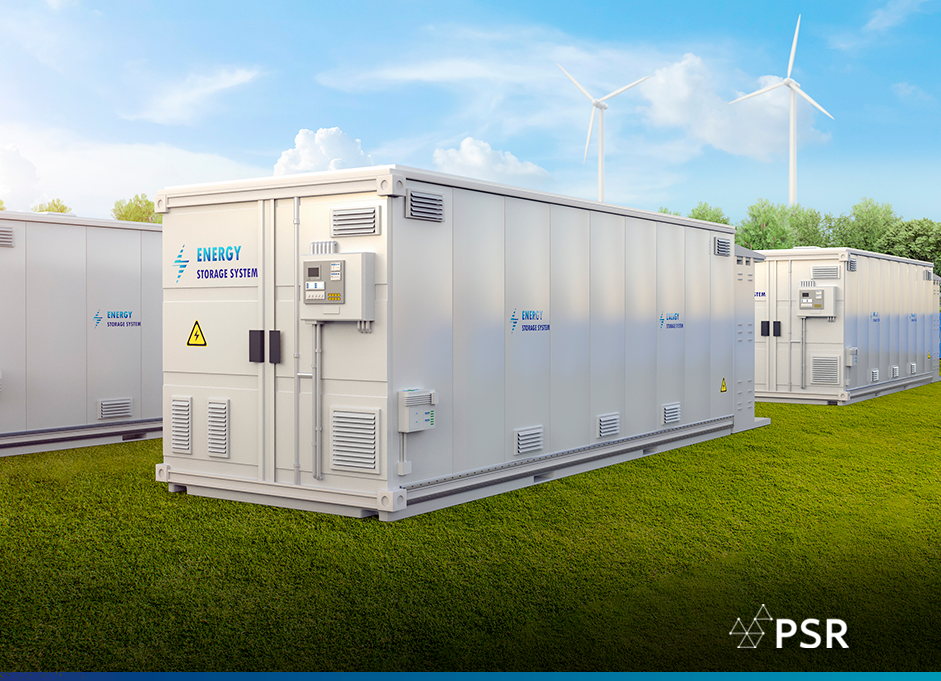In a new study, PSR assesses the role of energy storage in Brazil’s energy transition

The growth of solar and wind generation in Brazil, coupled with water constraints, has brought new challenges to the operation of the electrical system, especially regarding flexibility and security of supply. To answer these questions, PSR developed the study “Accelerating the Brazilian Energy Transition: Comprehensive Energy Storage Meta-Analysis for Brazil,” which analyzes the potential of energy storage systems (ESS) as a strategic solution for the Brazilian electricity sector.
The report shows that, among the available technologies, lithium-ion batteries and pumped storage hydropower plants (Pumped Storage Hydro) stand out as the most promising for the national context. Simulations indicate that the inclusion of these solutions could reduce system costs by up to 16% by 2029, in addition to contributing to reliability and enabling greater participation of renewables without increasing dependence on fossil-fuel thermoelectric plants.
The analysis also highlights that storage can contribute to essential system services, such as frequency and voltage stability, in addition to reducing the waste of renewable generation during times of excess supply. Despite this, the study points out that significant barriers to the expansion of these technologies in Brazil remain, including the high tax burden and the lack of clear remuneration rules.
In recent years, the National Electric Energy Agency (ANEEL) began developing a regulatory roadmap for storage, the first cycle of which is nearing completion. This progress is considered essential to enable the participation of these solutions in auctions and in sector planning, although other complementary measures are still necessary.
By proposing technical and regulatory recommendations, PSR reinforces that energy storage is a key component in contributing to the Brazilian energy transition, while also helping to reduce costs and ensure security of supply.
To learn more about the study, visit.
See the executive summary here.

